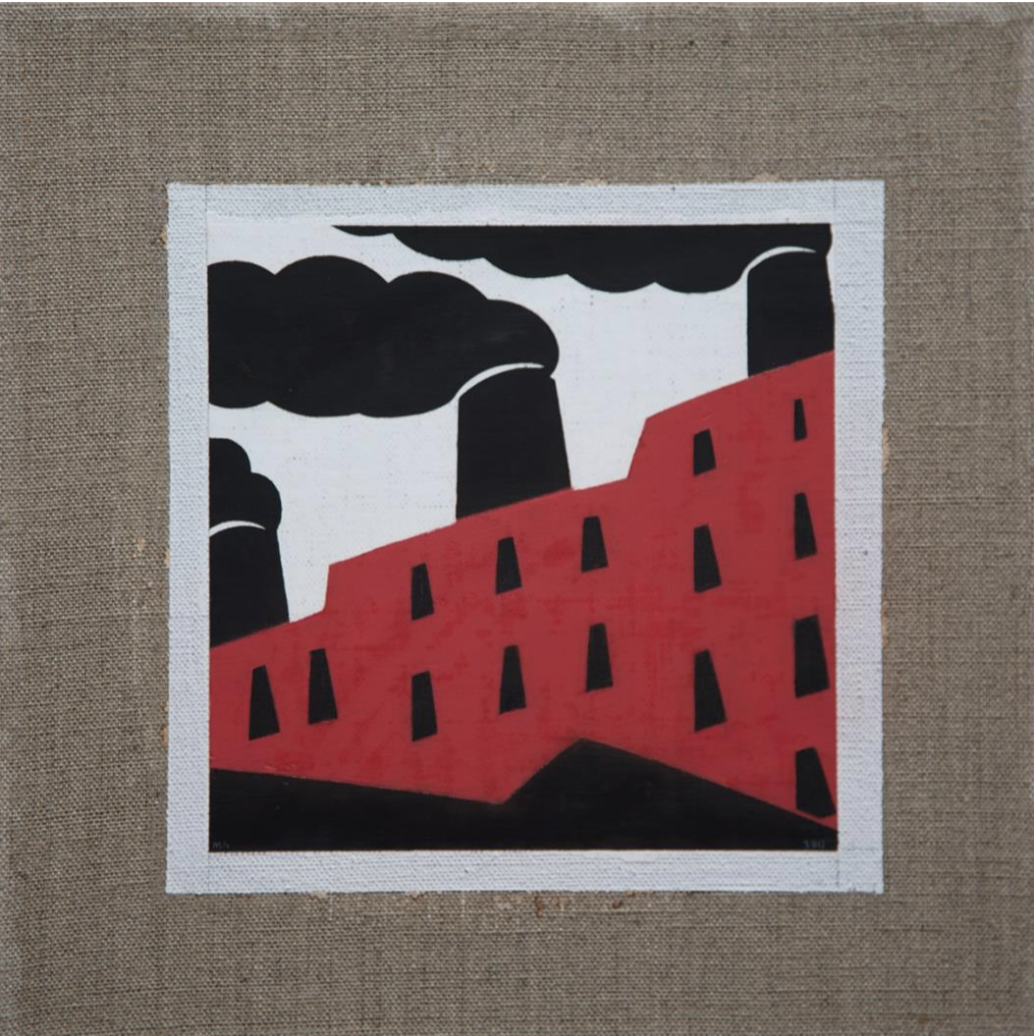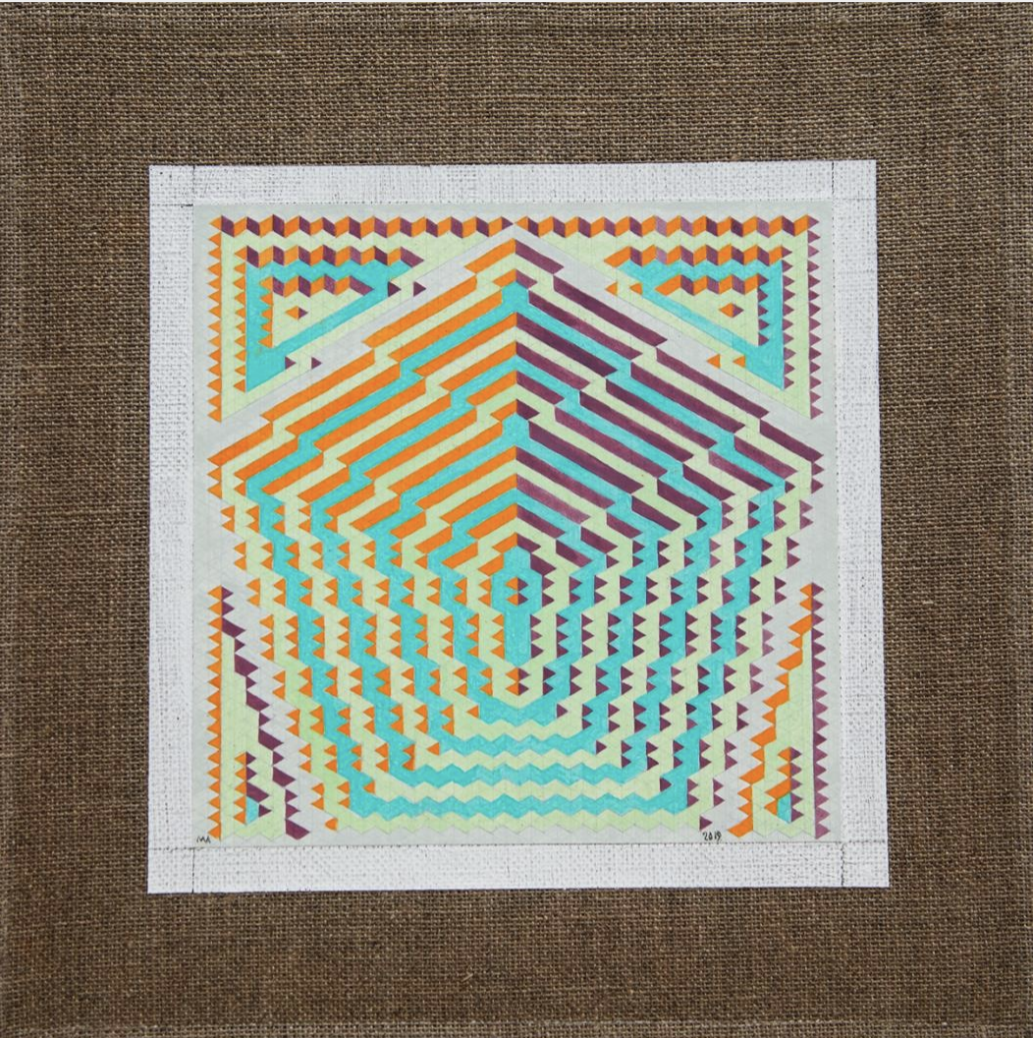Marco Arce
Marco Arce is an artist living and working in Mexico City, Mexico working predominantly in painting and drawing. Using imagery from pop culture and global history, he creates compositions that generate a visual and conceptual coexistence between old and new.

Caida de la virgen vestal

Virgen vestal enterrada viva

Hestia

Triangulo Platon

Vesta circulo

Tubo

Ala

Alma

Trasatlantinco

Accidente

Father figure

Cara enojada

Tres caras enojadas

Tres caras enojadas pixeleades

Caras enojadas

Edipo, Oil on linen, 25 x 20 cm

Retrato, 2019, Oil on linen, 25 x 20 cm

Retrato con grecas, 2019, Oil on linen, 25 x 20 cm

Retrato ll, 2019, Oil on linen, 25 x 20 cm

Circulo, 2019, Oil on linen, 25 x 25 cm

Caritas felices, 2019, Oil on linen, 25 x 25 cm

Pentagono, 2019, Oil on linen, 20 x 20 cm

Pentagono ll, 2019, Oil on linen, 25 x 25 cm

Caracol, 2020, Tempera and oil on linen, 25 x 25 cm

Ovalo, 2020, Tempera and oil on linen, 25 x 25 cm

Rombos, 2020, Tempera and oil on linen, 25 x 25 cm

Urbe, 2020, Tempera and oil on linen, 25 x 25 cm

Venado, 2020, Tempera and oil on linen, 25 x 25 cm

Columna, 2020, Tempera and oil on linen, 25 x 25 cm

Grises, 2020, Tempera and oil on linen, 25 x 25 cm

Helice falsa, 2020, Tempera and oil on linen, 25 x 25 cm

Lineas en red, 2020, Tempera and oil on linen, 25 x 25 cm

Mirada, 2020, Tempera and oil on linen, 25 x 25 cm

Tarpeya, 2020, Tempera and oil on linen, 25 x 25 cm

Tres dibujos para Persefone, 2020, Tempera and oil on linen, 25 x 25 cm
Q & A Between Joshua Moreno & Marco Arce
JM: Marco, it was wonderful learning about you and your work from Miguel Monroy. You both are from Mexico City, and I am curious about how that location being your place of origin plays a role in your art practice?
MA: Living in Mexico City has different edges. On the one hand, you feel that you are in the center of the country, with an abundant cultural offer, of museums and cultural spaces, and on the other hand, in the international context you are on the periphery, lagging behind everything. But a lot has to do with what economic and social situation you live on.
But location means a lot in different things. At this moment, I’m working in a neighborhood that is outside of any cultural life in the traditional point of view, no bookshops, no movie theatres, no libraries, no museums, no galleries. On the other hand the internet is a very important tool in the consumption of images and information.
JM: How did you come about becoming an artist? Were painting and drawing something that you pursued early on or discovered later?
MA: The very idea of what means to be an artist, or what art actually is, it has been changing all the time, so it’s completely different what I was doing when I was attending to an kid’s art school, or when I decided to enter to the Art career, or when I work with a Gallery or a Museum, currently is hard to believe myself as an artist, I take myself as somebody who provide a service to a Gallery, and I mold myself according to the Gallery necessities, convictions and history. I think that I transform my work depending on the different environments where I have to interact. It is a survival and adaptation issue, also it is a problem of location. In this case of work location.
JM: Your work often incorporates iconographic imagery from contemporary culture or history. How do you decide what sort of imagery to use? Are there parameters you use?
MA: The point of the icon and the image comes, in my case, from a catholic background, where the image is more important than the text, it has a very didactic sense, and probably colonial sense too, even in non catholic secular liberal schools the use and the actual perform of the drawing is intended as a way of understand something, or at least, of reinforce knowledge. To copy practice was also a very important in traditional art training. In Mexico artists have art books to see but not to read. That’s another particularity of “location” in a different sense.
JM: Is there anything that you reference to source inspiration for your body of work such as music, film, or politics? Perhaps something that is not obvious to the viewer? If so, what are some ways that you observe these references in your work?
MA: At this moment I’m listening to Éliane Radigue: Occam Ocean composition. It is the only thing that I have been listening to for the last three months or so. That's also an irrational thing that I can't explain.
I have my curiosities in a lot of different things, that not immediately relate to art, which could be anthropology particularly I read Levi Strauss in full, philosophy particularly Hans Blumenberg, there are thinkers that can build bridges between disciplines, like Hans Belting, Arthur Danto or W. J. T. Mitchell.
To know more from Marco Arce´s work please contact Galería López Quiroga
